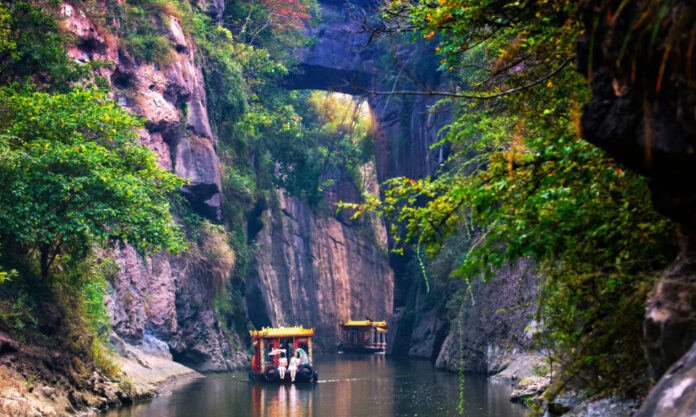Much herein cannot be found in the guidebooks; some suggestions are plain-pretty material for WeChat Moments, while many others take advantage of Nanjing being steeped in history to offer educational opportunity for both the young and history buffs.
Tunnel of Love Railway Line
A working railway line that has become a sensational social media photo op. Back in 2014, authorities wanted to cut back the trees to aid the passage of trains, but given that would destroy the “tunnel”, public outcry quite rightly reversed the decision. Trains may be very infrequent but the safety hazard remains. Zhengfang Zhong Lu Metro Station (Line S1), exit 1; turn right onto the X003 road and walk for 800 metres.
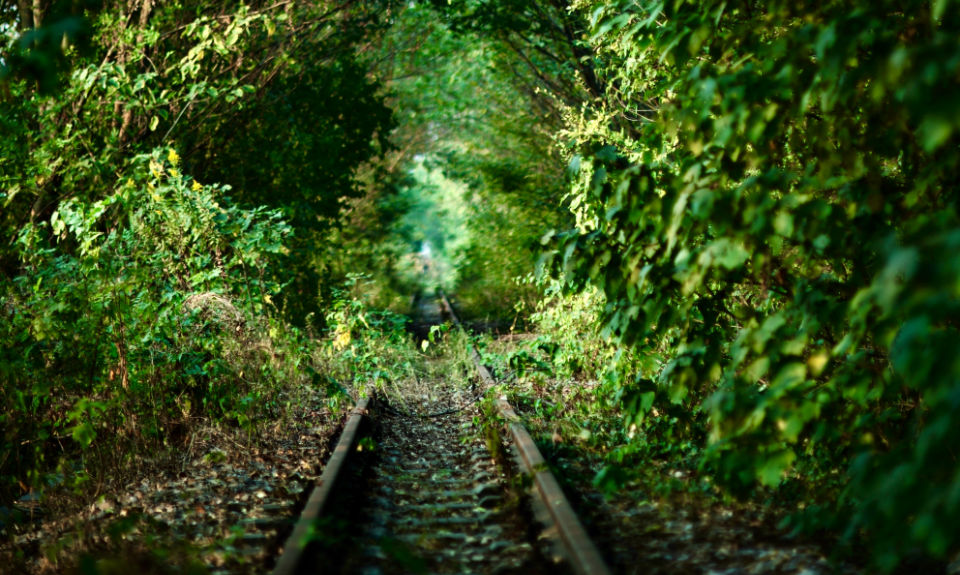
International Aviation Martyrs’ Cemetery
Built in 1932 by the Aviation Administration of the Military Affairs Department of the the Kuomintang government to honour pilots who died in wars. Possibly the only monument in the world to commemorate the military alliance of China, Russia, the United States and Korea (North and South were then just one). 3,305 martyrs from the Japanese occupation of China; 2,197 from the United States, 236 from the former Soviet Union, two from Korea and the remaining 870 from China; the names of all are engraved in Chinese, English and Russian. Destroyed twice, during the Japanese Occupation Period and the Cultural Revolution, a restoration was completed in 1995. 289 Jiangwangmiao Lu. 2-3 km from Wangjiawan Metro Station (Line 4), exit 1.
Tiansheng Bridge Scenic Area
Taking a cruise on the Qinhuai by Confucius Temple is one thing; under Tiansheng Bridge is another altogether. This stunning bridge (see also main pic) that is the Scenic Area’s star attraction was the result of Emperor Zhu Yuanzhang’s instructions in 1393 to channel a canal from Nanjing to modern-day Zhejiang. Cutting deep into the rocks, workers chiselled away for 10 years to create an opening large enough for sailing ships to pass under. Tiangsheng Bridge is 34 metres long, 9 metres wide, 8.9 metres thick and towers 36 metres above the waters of the “Rouge River”, named on account of the colour of the cliff walls. 500 Tiansheng Qiao Lu, Honglan Town, Lishui District.
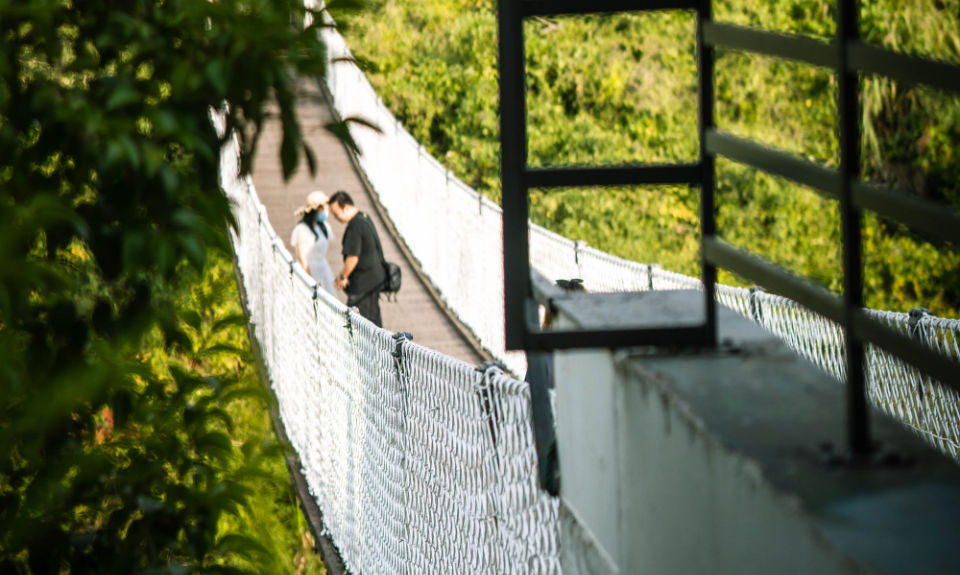
Treaty of Nanjing Negotiation Site
While it may be almost common knowledge that the Treaty of Nanking (that which ceded Hong Kong to British Colonial rule) was signed on a British warship anchored in the Yangtze off Nanjing, less-widely known is the fact that the prior negotiations were conducted in part of the 15th-century Jinghai Temple (then a British army base), located behind the Xiaguan branch of Metro off Jianning Lu. In addition to enjoying an insight into the Chinese view of the 1842 “unfair treaty”, visitors to the fascinating museum can also learn more of China’s maritime history through the voyages of Zheng He, the celebrated explorer who took his fleet as far as Africa some 20 years before Columbus was even born.
Most Beautiful Rural Roads Contender
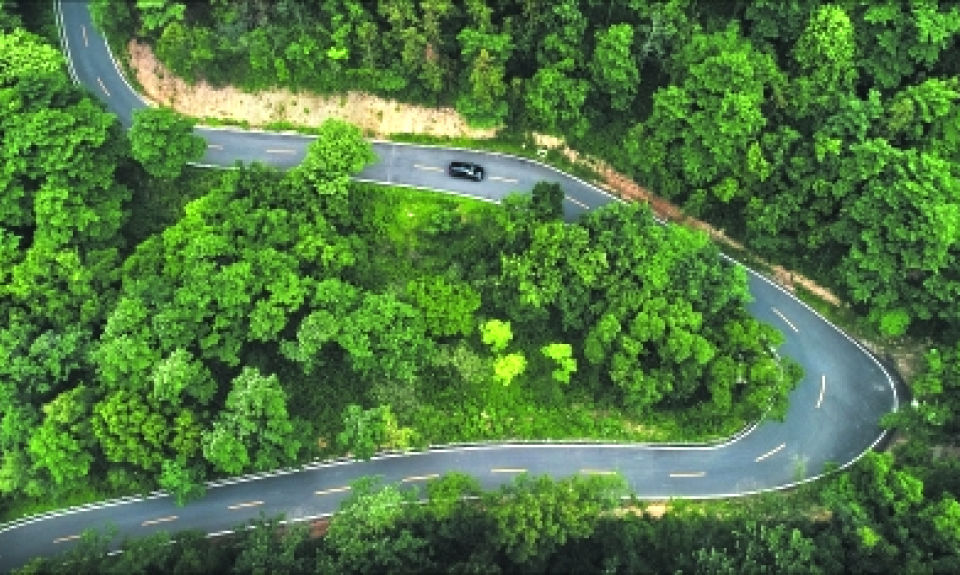
A total of 60 roads in six categories were short-listed for the Ministry of Transport’s 2019 “Top Ten Most Beautiful Rural Roads”. Of four rural roads in Nanjing selected, the Jiangning Bantang route has been upgraded from a 4-metre wide cement road to a 7-metre wide, two-lane asphalt road, providing it with a nomination for “the most changed road ever”. The 10-kilometre-long road begins at Zhoucun Village. Take the Xiafangcun exit on Nanjing’s Outer Ring, the G2503. Best combined with “Dashi’ao Village” below.
Former Site of the National Art Gallery
Also known as the Jiangsu Art Gallery, a more exquisite example of Republican-era architecture would be a challenge to find. The art works herein do splendid justice to their surroundings. 266 Changing Lu, beside Shipopo’an. Daxinggong Metro Station (lines 2 & 3), exit 6.
Bike Ride to Yanziji Park
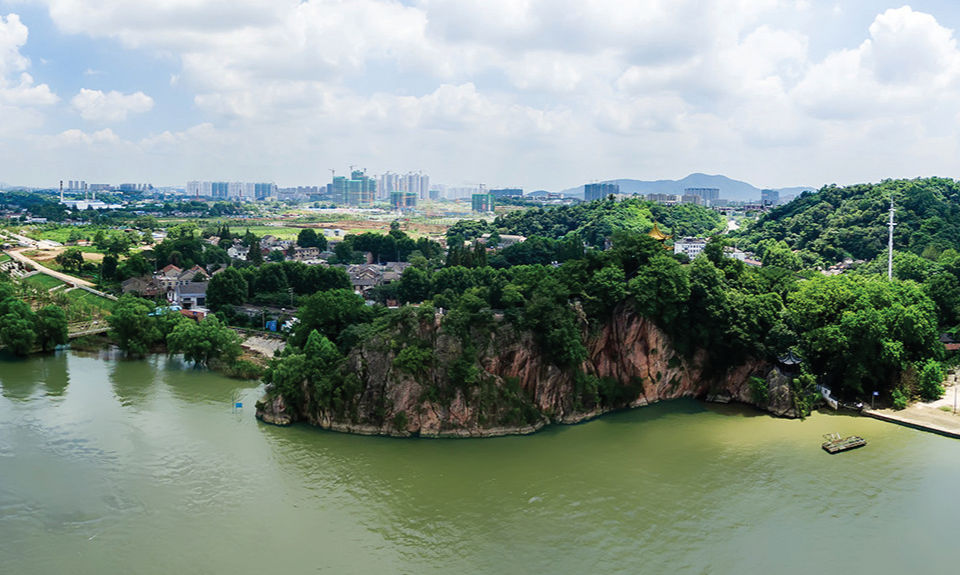
Rent a shared bike at Shangyuan Men Metro Station (Line 3), exit 2, and then check out the Changjiang Avalokitesvara-Bodhidharma Ancient Cave scenic areas and the many other attractions nearby during your ride along Yongli Avenue beside the Yangtze River, all the way to Yanziji Park. (4-5km).
Qingliang Temple
Deep in a bamboo forest and first built in the Southern Tang era, Qingliang Temple records the rise of Buddhism in China a thousand years ago. The hill is a perfect resort for ancient Chinese scholars, providing a reclusive and undisturbed locale for their studies. Walking down a winding path into the woods, and climbing up stone staircases, one can peek into the residences of scholars and their hermit lives. Located inside Qingliangshan Park.
Yaxi Town’s Cittaslow
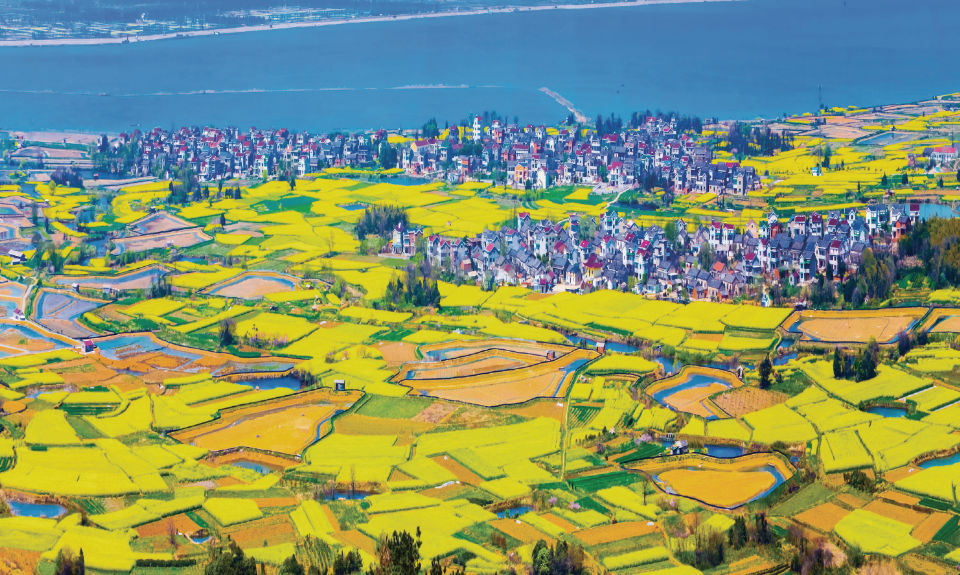
The first “Slow City”, not only in China, but in the entire developing world. The village of Yaxi, a small community of 20,000 in Gaochun District, decided that faster does not equal better, for which it was designated a Slow City in 2010 by Cittaslow International, an organisation that came to life as part of the Slow Food movement in Italy and whose aim it is to promote sustainable ways of living. 6 Shengtai Lu, Yaxi Town, Gaochun (高淳区桠溪镇生态路6号).
Wuyi Alley in Confucius Temple
Now an alley with mossy walls, curious tourists have no idea it was once home to the most prominent families during the East Jin Dynasty. The family produced famous writers, artists, generals and also held the highest ranks in imperial bureaucracy. Yet, after the fall of the dynasty, the lavish mansion turned into a civilian residence. The street itself even became the subject of much reminiscence, most notably featured in a well-known Tang dynasty poem. Walking through this historic part of Nanjing reminds one of the power of time; it destroys empires, razes palaces and turns treasures into dusts. And yet, life goes on in this ancient city, as always. A 500-metre walk from Wuding Men Metro Station (Line 3), exit 3.
Binjiang Park Skating
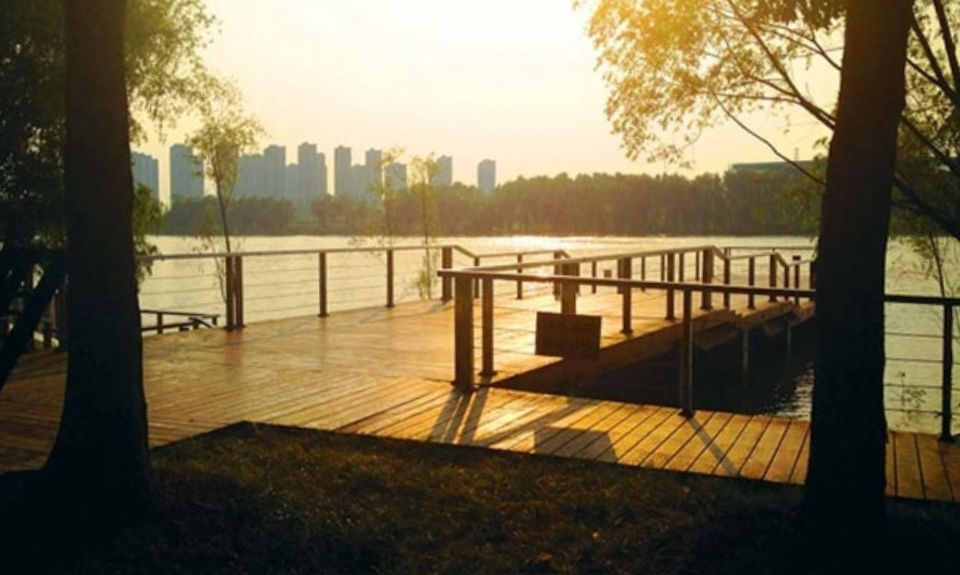
A vast array of activities for young and old; plenty of playground installations and the incredibly beautiful “Flower Sea” in the centre which is a favourite locale for wedding pictures. For inliners, stay on the red synthetic road, which allows for an incredibly smooth skate along the “greenway” that runs along the bank of the Yangtze River, offering fantastic views of the islet that is Jiangxin Zhou. Lvboyuan Metro station (Line 10), exit 2.
Stone Pillar Forest of Guizi Hill
Situated on the east side of Guizi Hill, Shuzhulin Village, Yeshan Town, Liuhe District, geology’s columnar joints are the remains of volcanic activity from over 10 million years ago. Each of the 30-metre-high stone pillars are 40-60 centimetres in diameter and are either pentagonal or hexagonal in shape. Regarded as the only must-see in Liuhe District.
Little Ming Tombs of Brothers Wu
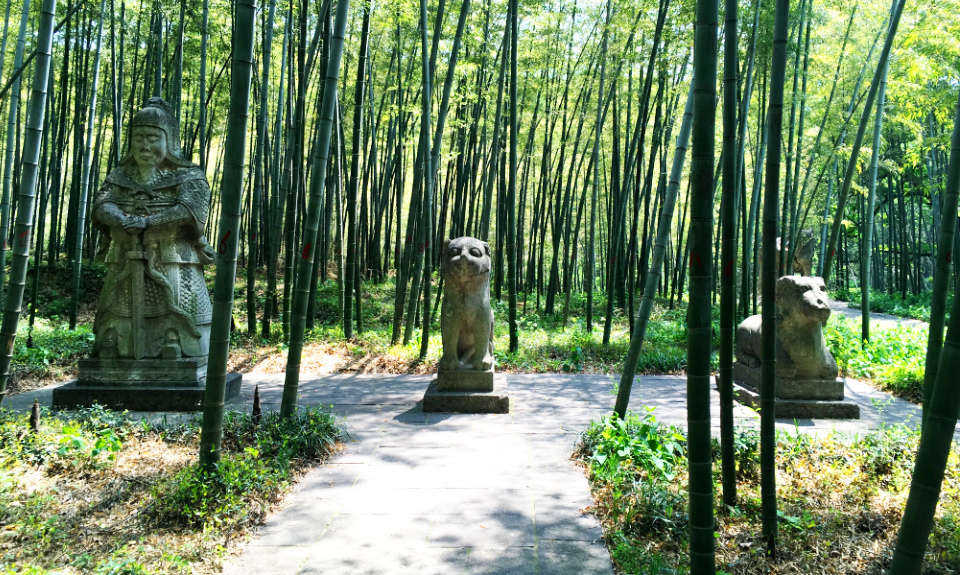
Nestled among the unruly foliage, Ming Dynasty generals Wu Zhen and Wu Liang were brothers from Anhui and both influential in Zhu Yuanzhang’s overthrow of the Mongol Yuan dynasty. The stone figures do not differ greatly from those at Ming Xiaoling, but a lack of tourists and sense of secrecy at this site allows for more peaceful contemplation. Being oddly located within the New Century Garden residential community, be prepared to register at the gate and be pointed the way by friendly guards. Gangzicun Metro Station (Line 4), exit 1.
Datangjin Fragrant Valley
Breathe in the intoxicating scents while strolling through the fields of lavender that lead to the shop filled with perfumes, eye patches, pillows, face masks and even lavendar perfume. Zhengfang Avenue, Jiangning District (谷里街道正方中路520号).
Nanjing Map Museum
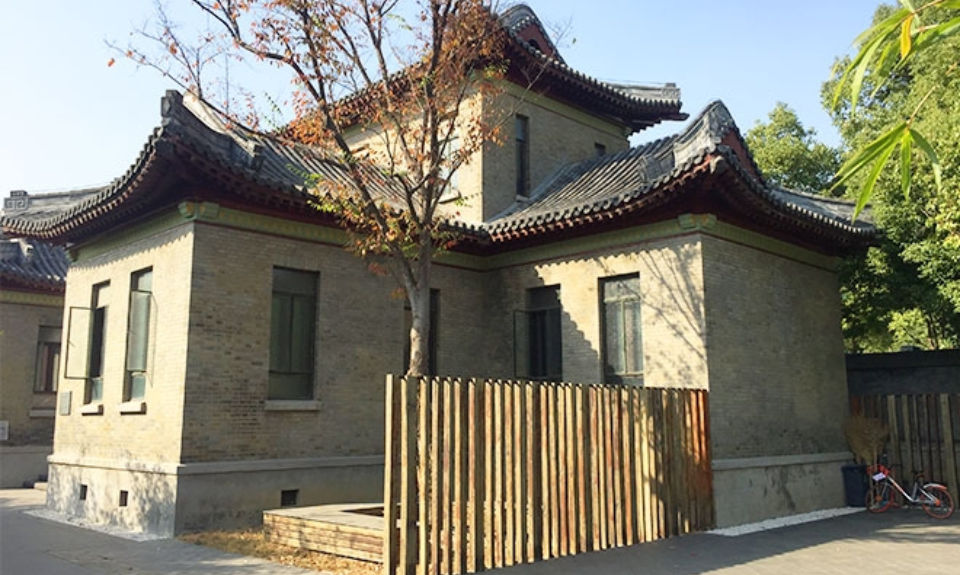
A small but veritable treasure trove of maps from Nanjing’s Republican era. Visitors to the exhibition are treated to nine maps of China and the Nanjing area in particular, varying by type and all published between 1926 and 1949. Most striking, and given pride of place in its own vestibule, is the map of the proposed China railway system, hand drawn by Sun Yat-sen, and bearing an uncanny resemblance to today’s high speed train network. 8 Laocaishi (老菜市8号), not far from Shanxi Lu. Opening times are Wednesday thru Saturday, 9am-12/2-4pm. An English speaking guide is often available, and can be reserved in advance via WeChat (ID: helanguan2017).
Revolution of 1911 Wax Museum
Situated in the Linggu Temple Sceneic Area on the southern slopes of Purple Mountain, the Beamless Hall (Wuliang Hall) is the only remaining ancient architecture in the area dating from the Ming Dynasty. The brick-vault structure was built without a single piece of wood, hence the Beamless Hall. With a history of more than 600 years, the magnificent and well-preserved hall is regarded a masterpiece in Chinese architecture. In 1928, the hall was used by the Kuomintang government as a mourning hall for the war dead. Today, the Wax Museum accommodates life-size wax works of over 57 revolutionists.
Stone City
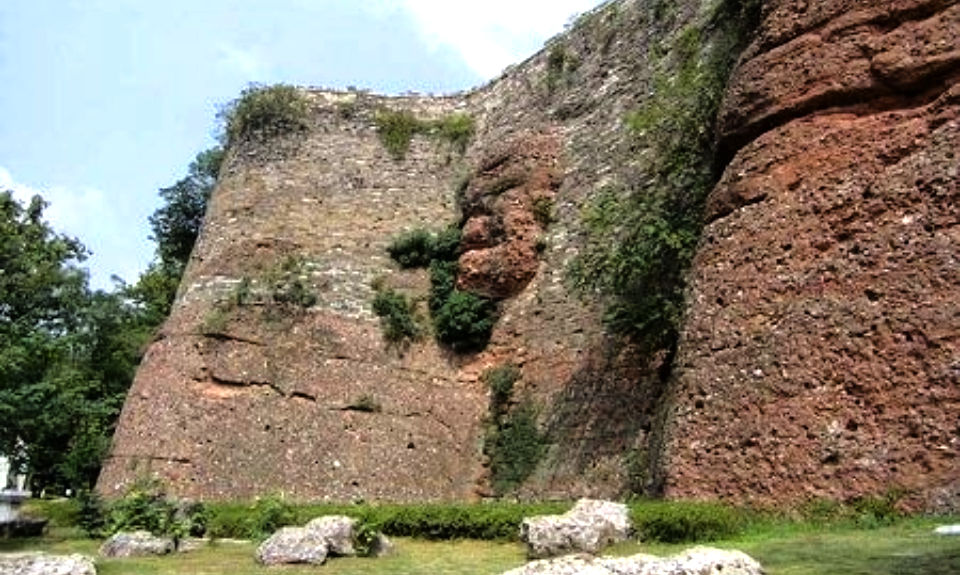
Amazed by the solemnity and melancholy of the city wall, numerous poets over the millennia have reminisced over the long history of Nanjing and the rise and fall of its dynasties, Touching the ancient, eroded bricks of the wall, even the most careless tourist could sense the weight of history within. A great cliff, also known as the Ghost’s Face, stands sternly across the Qinhuai River to its west. The Yangtze once flowed under this great cliff, making it the perfect military lookout. Over 20 metres tall, this part of the city wall is still formidable today.
Tomb of the King of Boni a.k.a. Tomb of the Sultan of Brunei
In August 1408, Manarejiananai, the king of Boni Kingdom (present day Brunei) led a 150-member delegation to China, arriving in Nanjing where he fell ill and died. In accordance with his last words, he was interred in the Southern Capital. One of only two tombs of foreign kings in China, two fallen steles were discovered abandoned in the forest in 1958. Now a part of the “Brunei Style Park”, the tomb can be visited together with the “China-Brunei Friendship Hall”, the opening of which was attended by Princess Hajah Masna, sister of the Brunei Sultan, Hassanal Bolkiah, in 2006. A 500-metre walk from Tianlongsi Metro Station (Line 1), exit 3.
Dashi’ao Village
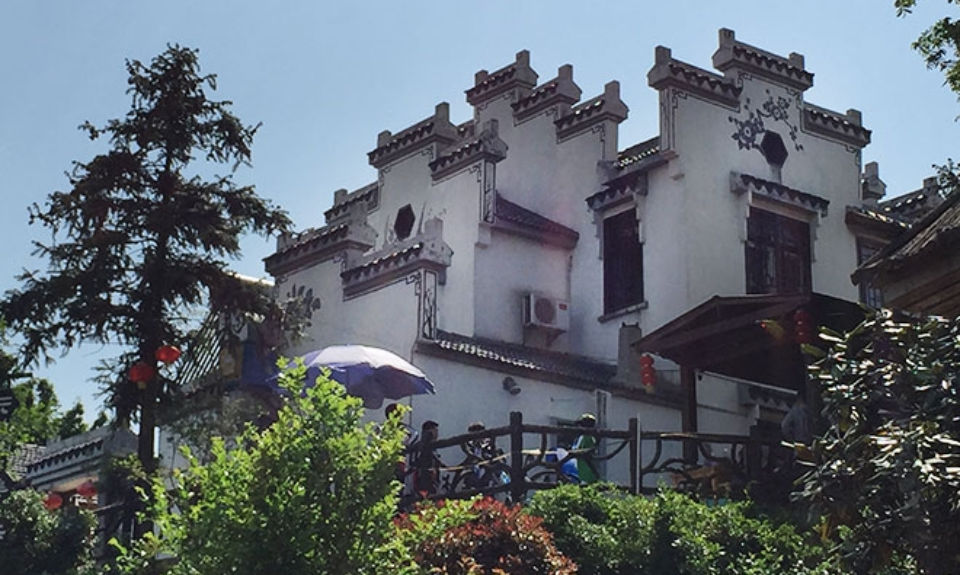
With each building intricately crafted with the “horse head” style of gables that are distinctive to southern Jiangsu and Anhui province, and nested in a scenically stunning valley on the western side of Niushou Shan in Jiangning District, Dashi’ao has rightfully had bestowed upon it the title of “Most Beautiful Village in Jiangsu”. Take your choice from a plethora of enchanting restaurants and dine outside (arrive early to be sure of a table at the weekends) on the freshest produce all grown locally, have a stroll around plum hill before picking up a few pieces of traditional folk art. At 20km from downtown Nanjing, Dashi’ao is a fabulous choice for a weekend bike trip. Find the village off the X033 road in Jiangning District (江宁区谷里街道周村社区大世凹村). Can also be combined with the “Most Beautiful Rural Roads Contender” above.
Two Mausoleums of State of Southern Tang
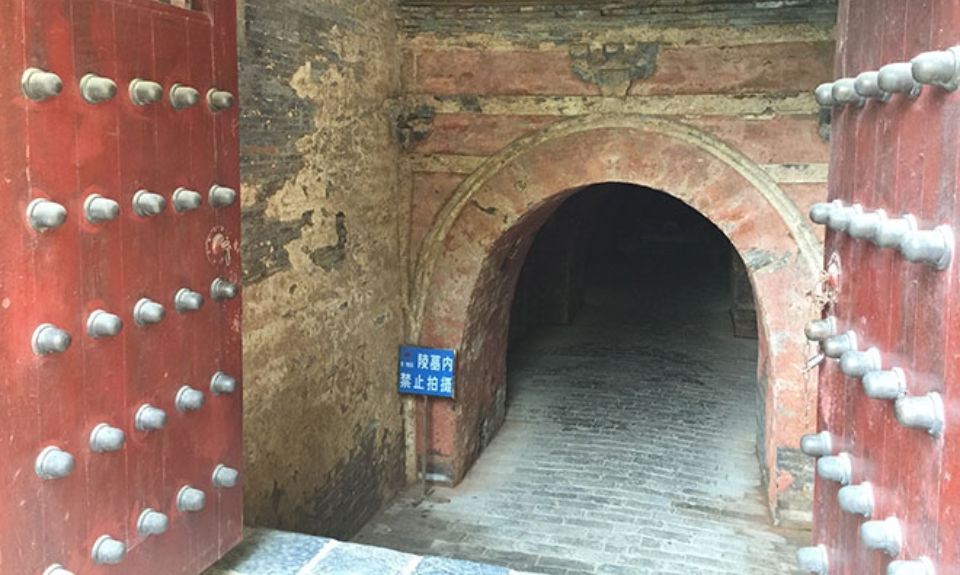
Two mausoleums, built between 943 and 962 CE, that are the final resting places of Li Sheng, the first King of the Southern Tang, and Li Jing, a later king, together with their wives. The tombs are known as Qin and Shun Tombs respectively, with the latter being more splendid than the former. Approximately 600 pieces of cultural relics were unearthed in the two imperial tombs during the 1950s, among which the jade document recording the funeral oration identified the tomb’s inhabitants. Being 100 percent original, the site is ripe with historic gravitas, made obvious by the fact that photos inside the tombs are strictly prohibited. The site, probably due to its comparatively small size, sees hardly any visitors, though its lush greens and the lack of tourist masses make it an ideal afternoon getaway to escape the noise and crowds of the busy city. Extra summertime bonus in the fact you can also cool off inside the tombs. Copy the Chinese name (南唐二陵) for the exact location on a smartphone.


